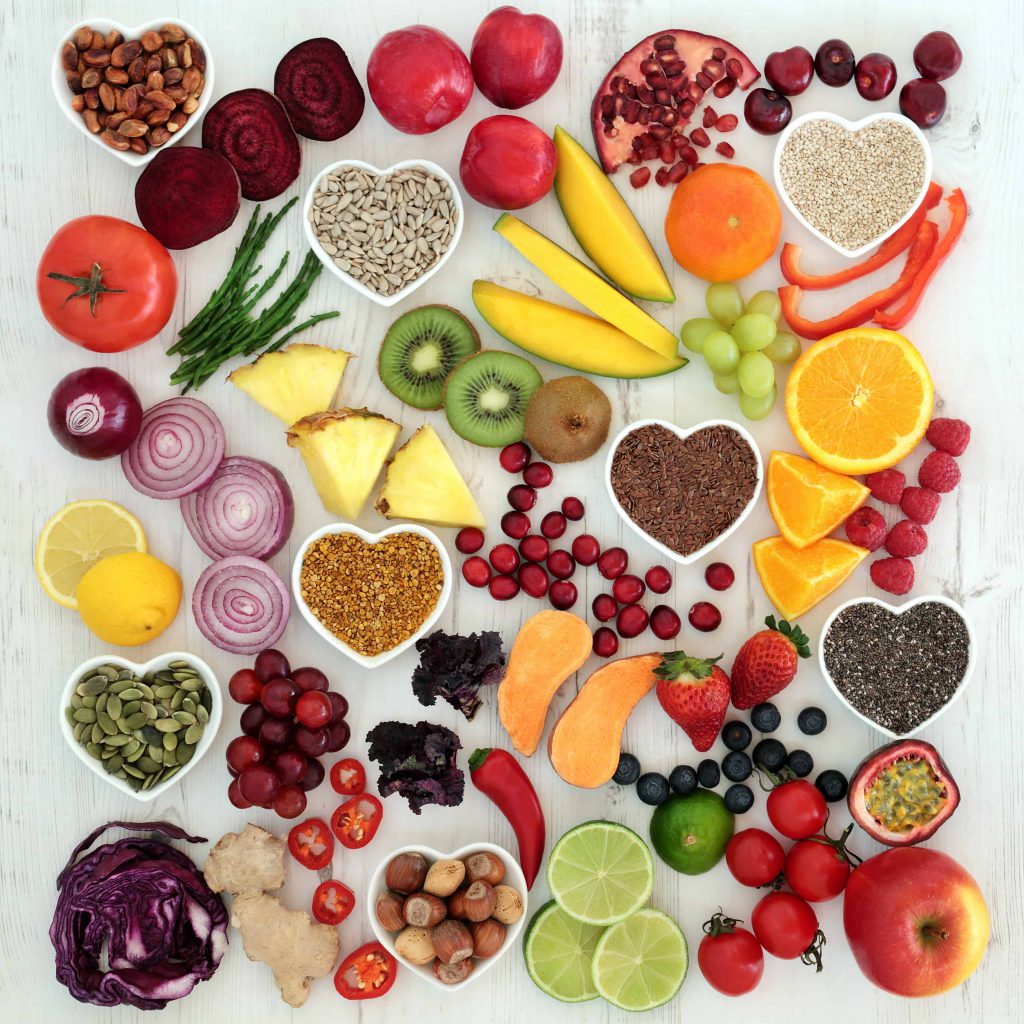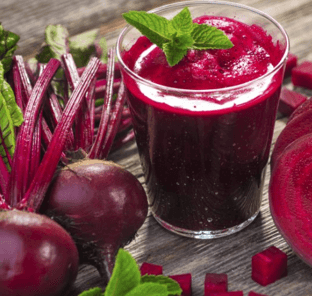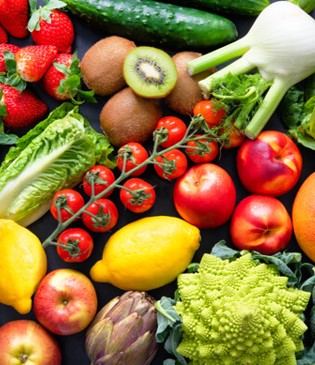Sugar is the new fat.
The latest wave of books and documentaries paints sugar as the root of all dietary evil. And for sure there’s good reason to be concerned. Sugar-laden drinks and snacks are prime contributors to our obesity epidemic. But in the zeal to rid themselves of sugar, some people are going too far by shunning healthy fruit.
Fructose: when is it cause for concern?
It’s a fact that fruit contains sugar, mostly fructose. And fructose, often in the adulterated form of “high-fructose corn syrup,” is the source of unwanted added sugar in everything from ketchup to peanut butter.
The argument goes that if we need to avoid the sugar in a cookie, shouldn’t we be just as concerned about sugar in an apple? The answer is NO!
Although the apple and cookie are both vehicles for fructose, there are some important differences. First, the sugar in fruit is mixed together with fiber, a buffer that limits the amount of sugar that is absorbed. Junk food, on the other hand, is generally devoid of fiber, allowing the sugar unfettered access to the bloodstream.
The second important difference between fruit and other sugar-containing foods are the many health-promoting nutrients in fruit that are mostly missing in sugar-filled processed foods. For example, many fruits are rich in potassium that helps keep blood pressure in check—in addition to a host of other vitamins and antioxidants.
Does fruit contribute to diabetes?
Despite the concern that eating healthy fruit increases the likelihood of diabetes, the data shows exactly the opposite. A deliciously counter-intuitive finding is that some fruits, despite their sugar content, are actually helpful to prevent diabetes. For example, blueberries eaten 3 times a week have been shown to reduce risk of risk of diabetes by 26%. Grapes, prunes, apples, and bananas were also helpful.
How fruit drops the odds of developing diabetes is not well understood. Fiber content is certainly a factor, but there’s certainly more to the story. One key is a special antioxidant concentrated in blueberries called anthocyanins. Anthocyanins suppress the body’s internal production of sugar.
A key study not only confirmed that people who ate the most fruit had a lower risk of diabetes, but it even went one step further. The latest report showed that among those who already have diabetes, eating more fruit was linked to a longer life, and one more likely to be free of the serious vascular complications of diabetes.
The takeaway:
Of course, it’s possible to overdo any healthy habit, including eating fruit. And everyone reacts a bit differently—some may experience an unusually high bump in blood sugar with certain fruit and need to be a bit more careful.
But for the vast majority, eating at least two servings of fruit per day is a strongly positive health move. And remember, we’re talking about whole fruit—not fruit juice or fruit loops.
Instead of focusing on any one part of the food, think of the whole package. Please don’t throw the fruit out with the bath—or sugar-water.
References:
Fresh Fruit, Diabetes, and Complications
Interested in eating better for your own health?
Learn the essentials of good nutrition in our interactive, user-friendly nutrition learning program for the public.
Clinicians: Do you feel confident responding to patient questions about nutrition?
Take our award-winning condensed interactive nutrition CME—and learn what every clinician should know about nutrition.



